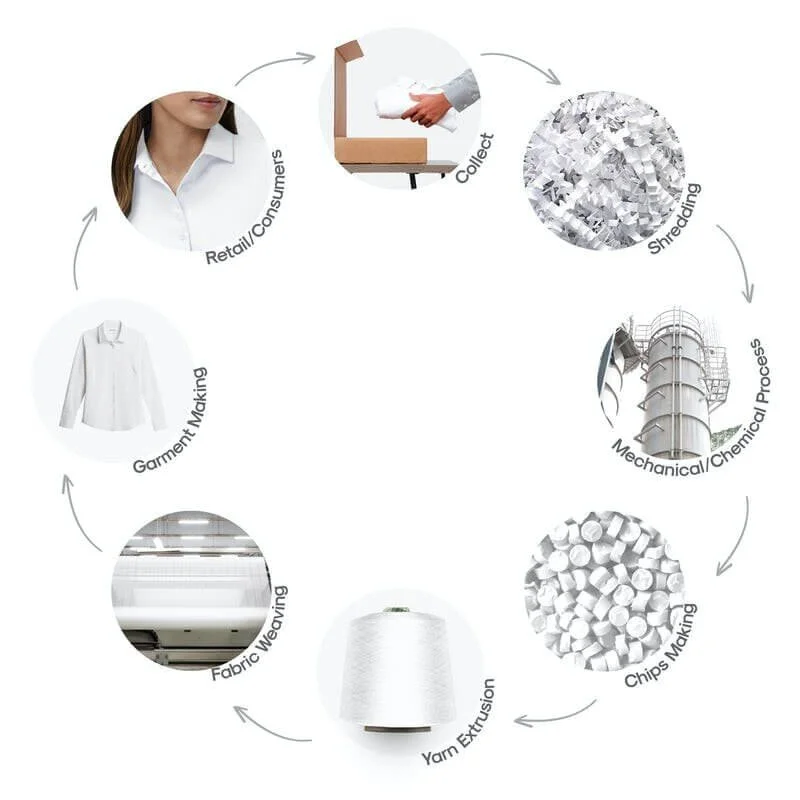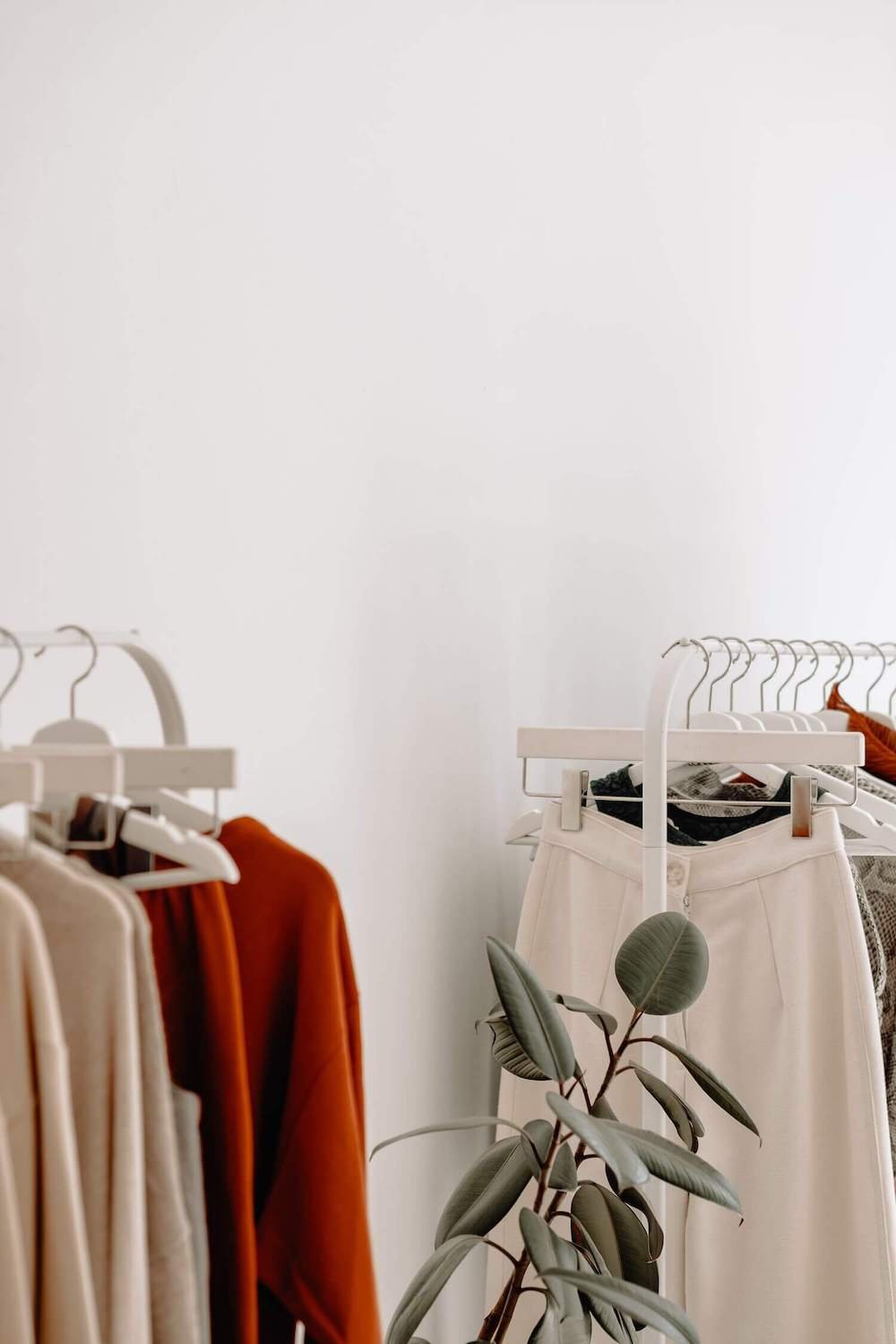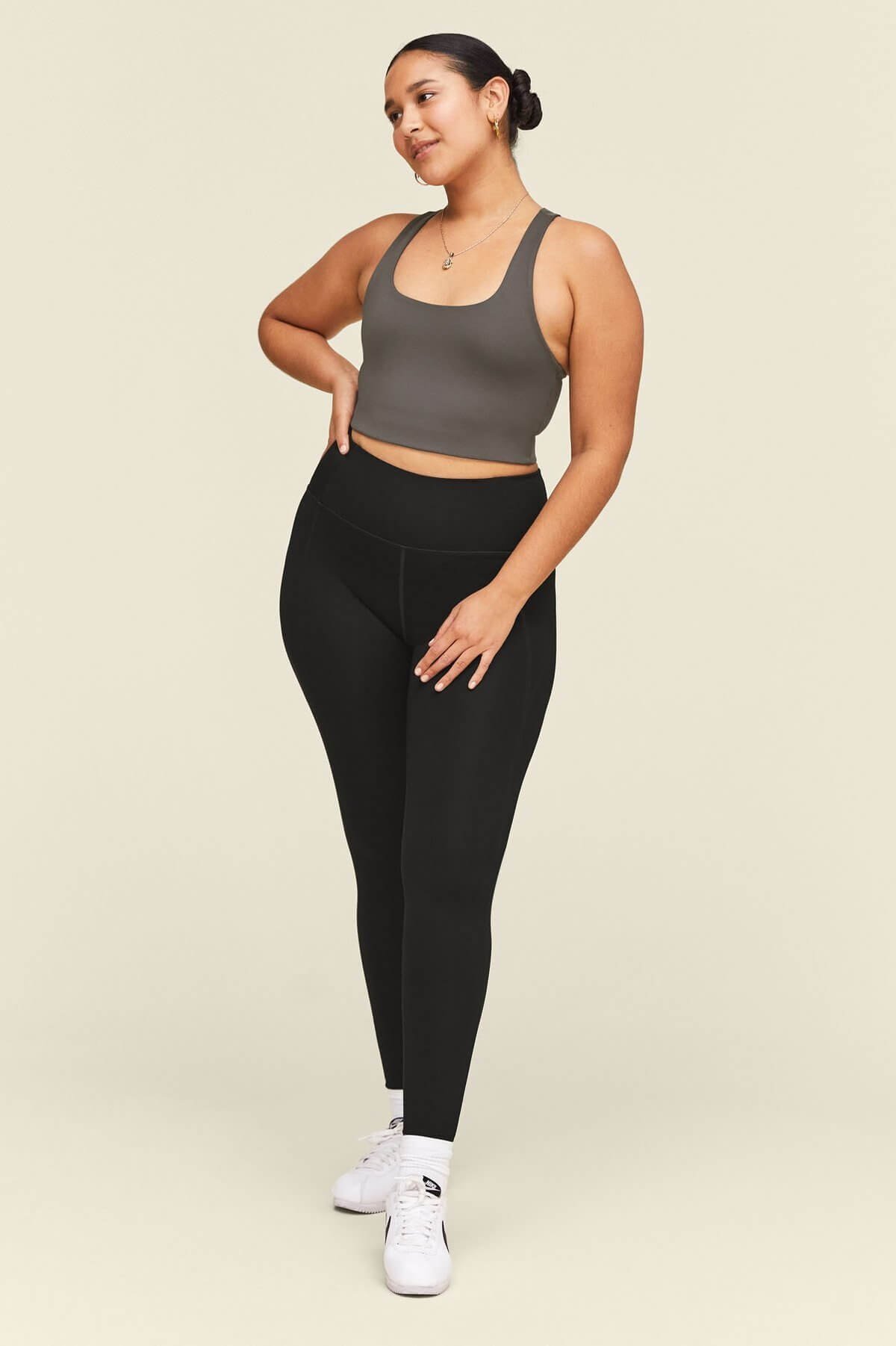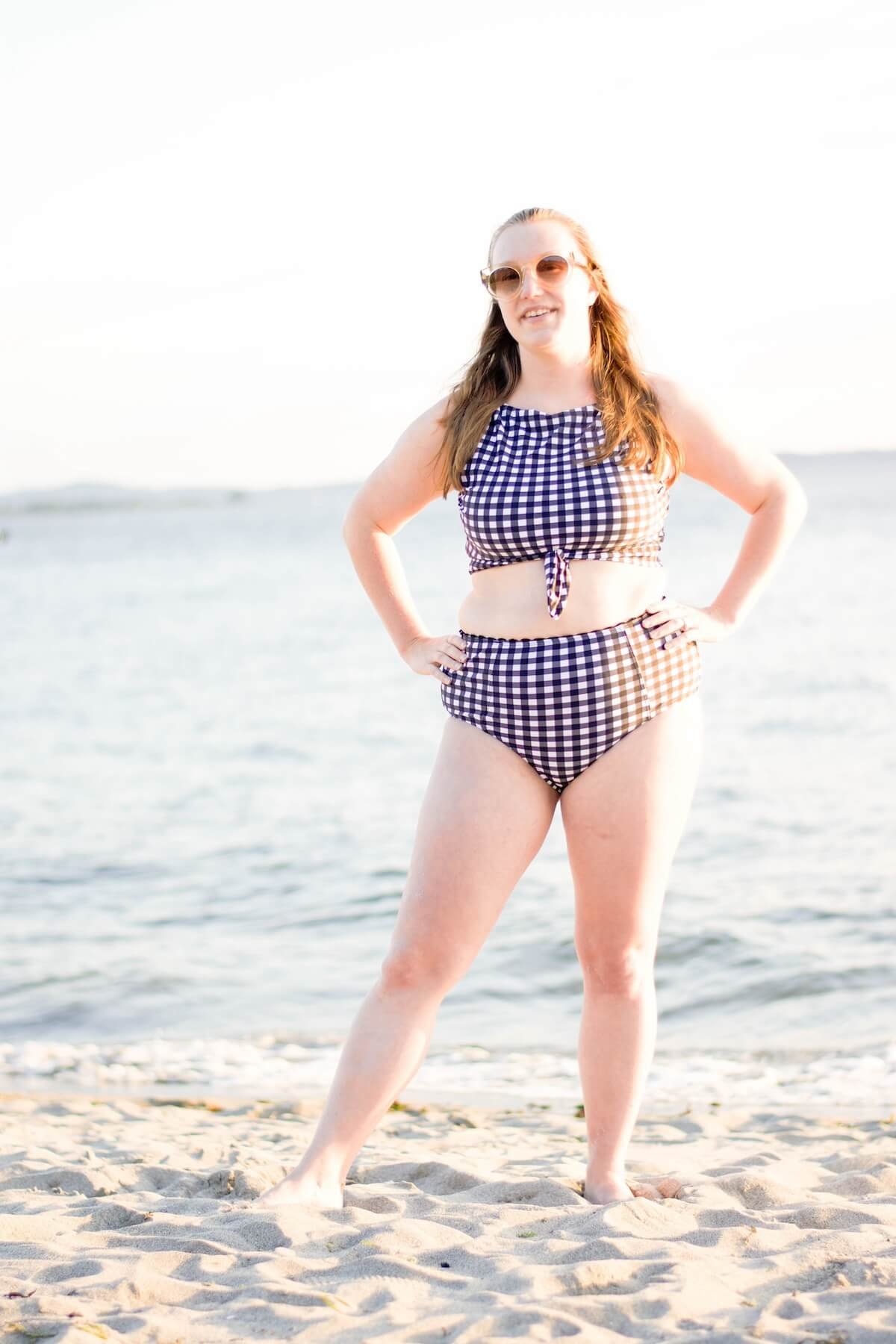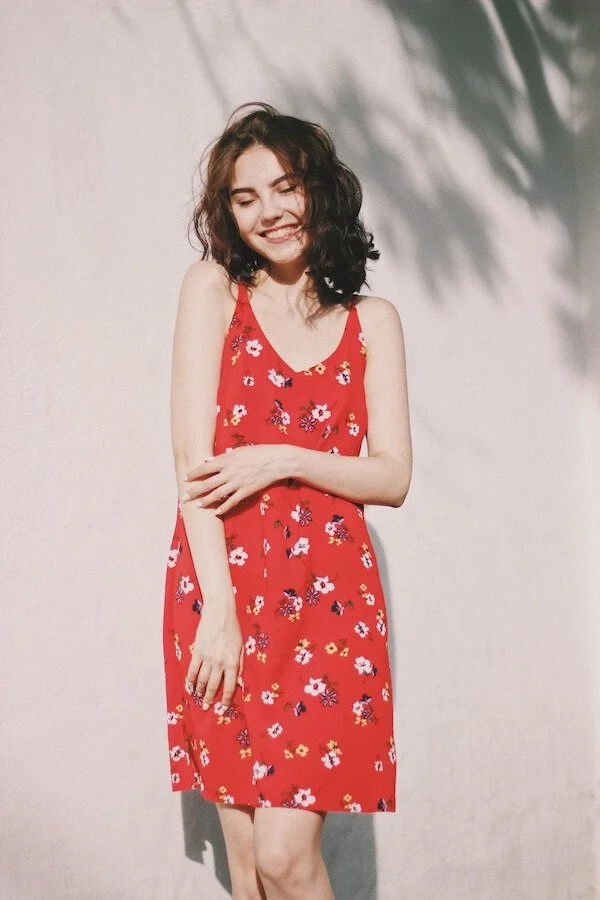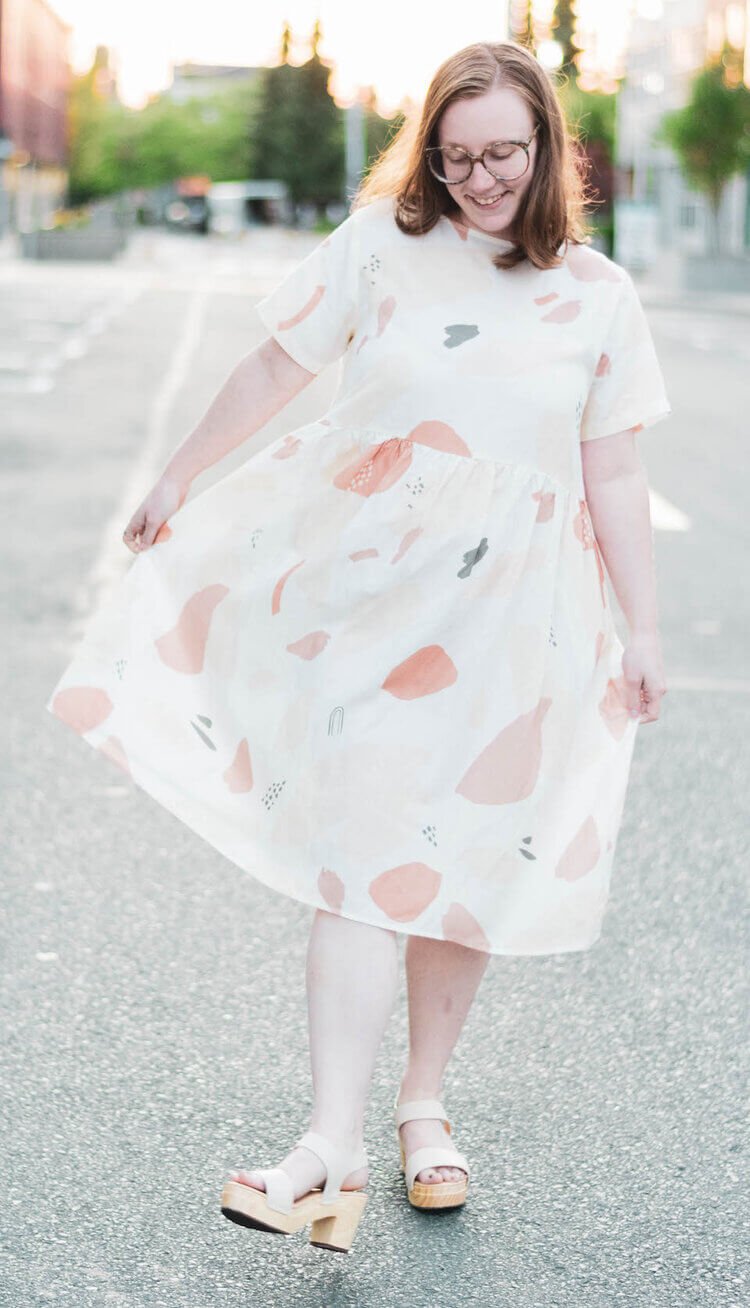What is Circular Fashion? The Future of Sustainable Style
It’s no secret that the fashion industry needs to be revamped with the planet in mind.
For consumers, it can be hard to understand the impact that the fashion industry has on our environment when we’re shopping in our favorite store thousands of miles away from the factories the clothing was produced in, but it’s time we stop to consider how the fashion industry can do better and use the resources that are already in circulation.
Recently we’ve seen name brands such as Stella McCartney shed light on the idea of circular fashion.
Let’s explore the difference between circular and linear fashion and learn about some brands making circular fashion a reality.
*This post contains some affiliate links which means The Honest Consumer receives a commission from your purchase, however, this is at no additional cost to you! :) If you choose to make a purchase we appreciate your support. The commissions allow us to keep the website up as a free resource for conscious consumers.
What is circular fashion?
Anna Brismar developed the idea of circular fashion based on the circular economy.
In 2017 Brismar defined circular fashion as clothes, shoes or accessories that are designed, sourced, produced and provided with the intention to be used and circulate responsibly and effectively in society for as long as possible in their most valuable form, and hereafter return safely to the biosphere when no longer of human use.
Diagram from Ellen MacArthur Foundation
Basically circular fashion is reusing the resources the fashion industry already has. Circular fashion starts at the very beginning of a garments lifecycle in the design stage.
To simplify the term, let’s think about a pair of jeans. In our current linear fashion system, a designer would ideate the vision for the denim, the production team would work to choose the right material, the factories would mass manufacture the jeans, and retail stores would sell them to the consumer.
The consumer would often view these jeans as disposable and at the end of the jeans lifecycle they would probably end up in a landfill.
With circular fashion in mind, every step in the production of that pair of jeans leads back to the longevity and sustainability of them. Circular fashion designers must consider the following.
Is this garment durable enough to last for years to come?
How long can we picture the consumer wearing these?
Is the style timeless?
When the production team sources materials, are they sustainable and can those materials be disassembled, reused, or biodegrade?
In the factories where the jeans are being made, are the workers getting paid a fair wage and are they being treated ethically?
Are those factories contributing to local pollution in the communities they reside in?
And once those jeans are on their last leg, can they be repaired or redesigned instead of being thrown away or donated?
The purpose of circular fashion is to minimize waste in production but to also promote the idea of buying less. Because at the core, buying less = less materials in landfills.
How is the circular fashion economy different from linear fashion?
Right now, the fashion industry is linear which means you buy a shirt and when you get tired of it, it ends up in the trash…or donated which also usually heads to the landfill.
Circular fashion is all about making, well, a circle with your purchases and avoiding the need to create new materials, new garments, but instead using what is already circulating out there.
Example of Circular Fashion
To further our understanding of circular fashion let’s look at a real life example.
Since 2019, Ministry of Supply has been making their Aero Zeroº dress shirts from upcycled PET water bottles and milling their fabric under renewable solar power, reducing carbon emissions by over 50%.
The emissions that this brand is not able to eliminate are offset, creating a 100% recycled, carbon-neutral dress shirt.
Diagram showing Ministry of Supply’s Aero Zero dress shirt circularity
Recently Ministry of Supply took this a step further with their partnership with Shinkong Textiles, they have developed a recycling process that can separate polyester fibers.
They are able to re-spin the material back into yarn that is strong, durable, and soft creating a circular dress shirt.
As their tagline “100% Recycled. 100% Recyclable. Infinite Uses.”
While their products are incredibly high quality and crafted to last for years to come (trust me I was gifted one), when the consumer is ready to retire their Aero Zero dress shirt they can easily ship it back to Ministry of Supply in exchange for a store credit.
This is a great way to encourage consumers to take part in circular fashion and investing in high quality clothing.
Sustainably styled in gifted Aero Zeroº dress shirts from Ministry of Supply
What are the environmental benefits of circular fashion?
As the Ellen MacArthur Foundation states, transitioning to a circular economy does not only amount to adjustments aimed at reducing the negative impacts of the linear economy.
Rather, it represents a systemic shift that builds long-term resilience, generates business and economic opportunities, and provides environmental and societal benefits. Here are a few reasons why circular clothing brands are important in this transition.
Less waste ends up in our landfills. When circular fashion items are manufactured, waste reduction is the top priority so the materials can be used and used again.
Less natural materials being created. Since circular fashion advocates for reusing materials that already exist this reduces the need to create new resources from raw materials.
Green energy is promoted & pollution can decrease. Many circular fashion brands such as Ministry of Supply work with external production and transportation partners that use renewable energy such as wind and solar power.
How can consumers participate in circular fashion?
By now you may be wondering how you as a consumer can shift your buying habits to get involved in circular fashion.
Here are some other steps you can take to make the change!
First things first, stop buying clothing unless you have a real need for it. Fast fashion brands thrive off of trendy clothing and lure people in with the promise to look just like the current it-girl. Instead of giving into trends that will fade away after a few months, stock your closet with good quality staples that you will wear for years to come.
If you’re on a budget and want to revamp your wardrobe, shop secondhand! Hundreds of billions of garments are sold each year and most end up in the trash (in fact, each second a garbage truck amount of clothing is dumped into a landfill!) Pop into your favorite thrift or secondhand store to see if you can stock up on your essentials before making your way to a retail store.
Learn how to up-cycled and mend! This gives you the freedom to take an old garment and turn it into something new.
If your looking for new clothes invest in high quality garments crafted to last and consider supporting brands with circular fashion practices.
Keep your eyes open & look into the Cradle to Cradle certification. This third party certification evaluates a brand’s material health, material reutilization, renewable energy & carbon management, water stewardship, and social fairness.
7 Circular Fashion Brands to Explore
Are you ready to dive into the world of circular fashion? Here are some amazing brands that are doing circular fashion right!
Stella McCartney: High End Circular Fashion
Stella McCartney has been a lead innovator in the world of sustainable luxury.
This high end ethical fashion brand is always looking for ways to be more circular. Stella McCartney designs with both renewable biological and technical materials.
This brand considers technical materials as materials coming from non-renewable resources. They are inorganic or synthetic materials manufactured by humans such as nylon, polyester, plastics and metals. When optimally recycled, they can be used many times over without any loss in quality – staying in a continuous cycle.
Stella McCartney defines biological materials come from renewable sources. They are natural fibres that, when manufactured for the circular economy and under the right conditions, can safely decompose into the natural environment (soil, water, etc.) without affecting it in a negative way – providing food for bacteria and microbiological life.
Currently Stella McCartney is working with Cradle to Cradle, The RealReal, Clevercare and Evrnu to increase the lifetime of their clothing and create infinitely recyclable garments.
Ministry of Supply: Recycled, Recyclable, & Infinite Uses
Ministry of Supply creates clothes for motion, comfort, easy care, and the planet.
Their clothes are made with recycled and bio-based fabrics through 3D Print-Knit production, an on-demand, zero waste production technique.
Along with these sustainable production initiatives Ministry of Supply’s Aero Zero dress shirt is 100% Recycled, 100% Recyclable, for Infinite Uses.
Customers are able to return this garment to be recycled in exchange for a store credit.
This sustainable clothing brand is also Climate Neutral Certified and gives back. Ministry of Supply’s circular clothing is made for men and women which is great.
Subset: Recycle Your Underwear
Subset’s GOTS certified organic cotton underwear is ethically made in a Fairtrade International Certified factory.
This sustainable underwear brand goes above and beyond with a recycling program to turn undies into new fibers. Subset has partnered with a local NYC non-profit to safely recycle intimates and divert them from the landfill.
Consumers can send ready-to-retire intimates and Subset will recycle them regardless of if the underwear are Subset or not.
Plus customers will get a free pair of organic cotton underwear with their next purchase.
Jackalo: Sustainable Kid’s Clothing & Circular Fashion
Jackalo is a sustainable kid’s clothing brand that has wonderful circular initiatives.
This is particularly cool because it gives parents an opportunity to teach their kids about circular fashion at a young age and options for growing children’s clothes.
When kids outgrown Jackalo clothing, their parents can mail them back to Jackalo.
Jackalo will provide a shop credit in exchange for the clothing and clean, repair, & resell the apparel in their Pre-Loved section, if possible. If the clothing is not able to be resold the clothing is up-cycled into new kids clothing.
Girlfriend Collective’s Circular Activewear
Girlfriend Collective is known for their bold, size inclusive, sustainable activewear made from recycled materials.
This brand also has a program called Regirlfriend that collects old Girlfriend Collective Compressive leggings and upcycles them into new pieces that can be worn again and again.
Consumer who choose to send their legging back to be turned into new garments also get a store credit.
Eileen Fisher: Recreating Sustainable Fashion
Eileen Fisher is a high end ethical & sustainable clothing brand that has been leading the fashion revolution for years.
For over a decade now, Eileen Fisher has been taking back gently used Eileen Fisher garments.
The brand gives them an environmentally friendly cleaning and resells those in perfect condition.
Consumers are able to shop Eileen Fisher ReNew. Roughly 25% of the clothes Eileen Fisher takes back are damaged beyond repair.
The Renew team deconstructs these pieces and stitches them back together to create limited-edition designs, while their Waste No More team transforms them into a new felted fabric, used to create wall hangings, pillows and other accessories. Consumers are able to shop the Waste No More.
Is H&M’s Circular Fashion Line Greenwashing?
Yes, H&M’s circular fashion approaches are greenwashing. In order to understand why we have to step back and look at the meaning of circular fashion & the business model of fast fashion.
Since 2013 this fast fashion brand has had a Garment Collecting program that gives customers a 15% off coupon in exchange for unwanted clothes….the problem is this feeds into H&M’s fast fashion business model. H&M relies on consumers viewing clothing as disposable and always being ready to purchase the next best thing.
Fast fashion thrives off of mass production and over consumption.
When we compare H&M’s take back program to the brands listed above we must consider the quality of the clothing as well.
While all brands do provide store credit in exchange for old clothes, the circular fashion brands listed above are encouraging customers to invest in an item that is high quality and will last for years to come whereas H&M is just encouraging customers to buy more….not so high quality clothing to return more and produce more and buy more again.
Consider researching circular fashion and clothing take back programs before making your next purchase!
Meet the Author
Emily Waddell is the founder of The Honest Consumer. She has always been passionate about business for good and has a Bachelor of Science in Social Entrepreneurship. She currently lives in Seattle where she practices imperfect sustainability. When she’s not writing, Emily enjoys supporting small businesses, clean eating, ethical fashion, and practicing slow living.
For more ethical & sustainable fashion tips be sure to follow The Honest Consumer on social media, subscribe to our newsletter, & check out the Ethical & Sustainable Brand Directory.



